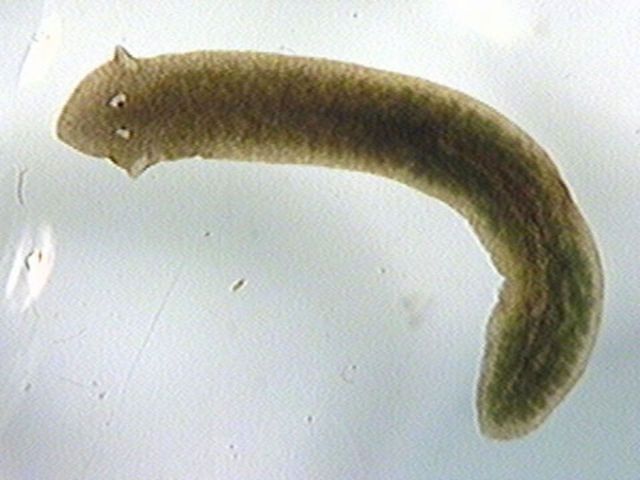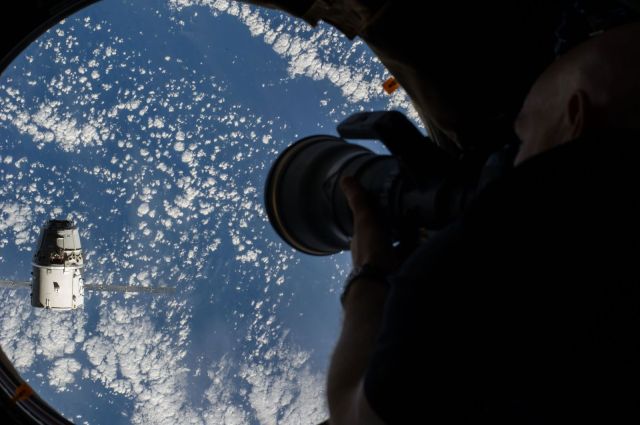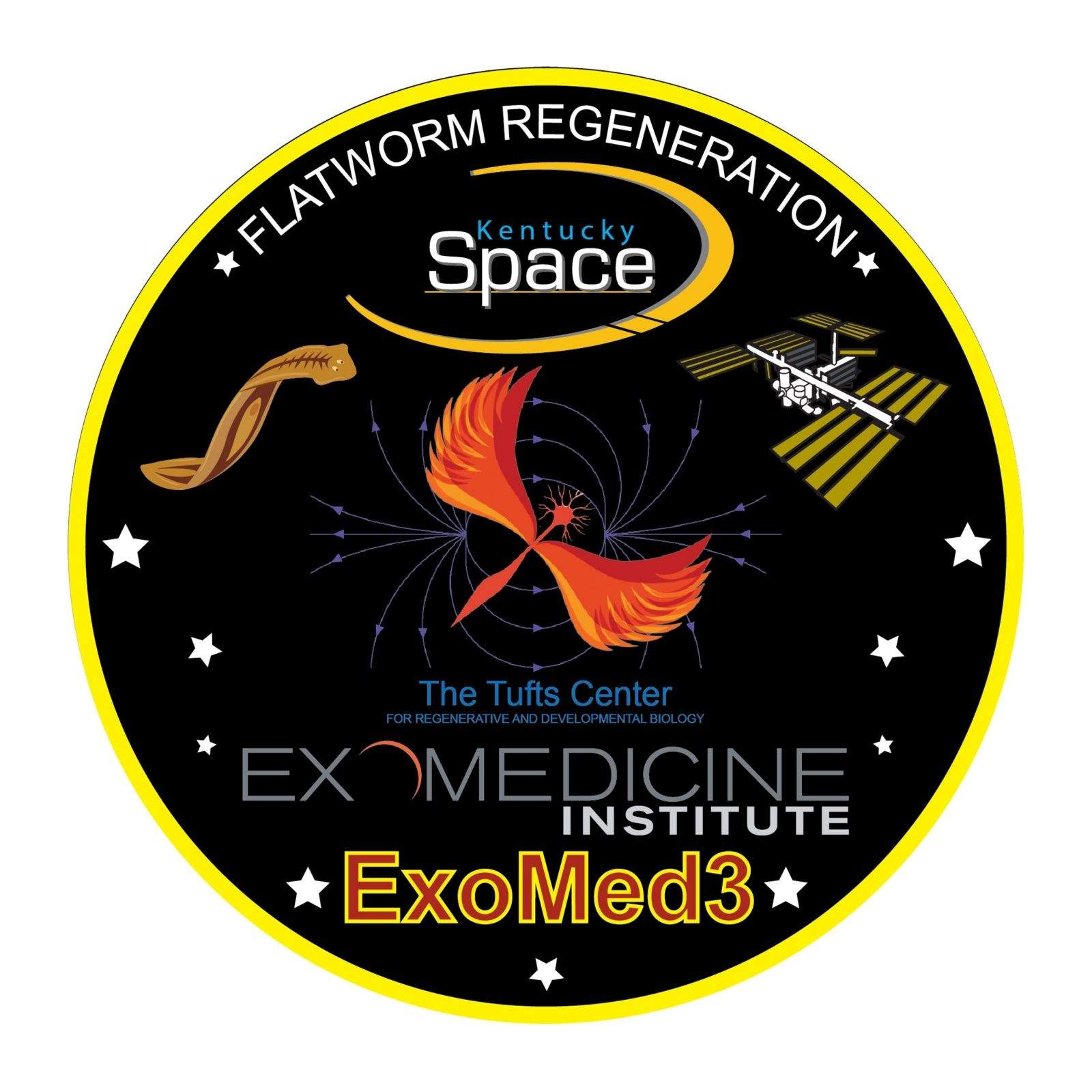Flatworms are the darlings of the molecular biology field. What scientist doesn’t love a species that can lose an organ or body part — even its head — and grow it back?
It’s quite a trick. We’ll see if they can do it in space.
About 150 planarian flatworms, creatures that are happiest living in rivers or under a log, have first-class tickets aboard the SpaceX Dragon cargo ship, which will take them to the International Space Station for an experiment that could unlock the key to human immortality.

“They’re next to me in the hotel right now,” Twyman Clements, senior space systems engineer for Kentucky Space, told Cult of Mac in a phone interview. “They’re chilled, in hibernation. If we don’t do that, they pull themselves apart to reproduce — and we don’t want that.”
Independent nonprofit space contractor Kentucky Space and the Tufts Center for Regenerative and Development Biology have partnered to send the worms into space for about a month to see how well they regenerate missing parts once out of Earth’s gravity.
Each worm will be “wounded” in a lab Thursday morning – more specifically cut into three pieces with a razor blade – and chilled in a temperature-controlled container to suppress their healing powers and keep them from immediately repairing themselves. The craft blasts off Friday from Cape Canaveral, headed for the International Space Station.
Once Dragon delivers them to the space station, the astronauts will unpack them and bring them to room temperature. The flatworms do the rest until they are chilled again (58 degrees is enough to slow them down without killing them) on the morning of Jan. 20, when the Dragon will return them to Earth, Clements said.

Sounds like cruel preparation for space but flatworms are essentially immortal. The 10,000 plus flatworms living at the Tufts Center started from one cut-up worm, said Tufts research associate Junji Morokuma.
The research could ultimately lead to cures for cancer, ways to grow new limbs, repair spinal chords and correct developmental problems in embryos, Morokuma said.
“We want to know how regeneration is controlled. Knowing that will actually help us control it artificially,” he said. “If we can control that, we can pretty much fix a lot of things.”
Morokuma said he and his fellow researchers are interested in what happens to the worms’ regenerative properties once the creatures leave Earth’s gravity and geomagnetic field.
On Earth, a flatworm needs about two weeks to regenerate. In space, Morokuma said he does not know what to expect. Bringing them back to the lab in January will be “very exciting for all of us,” he said.


